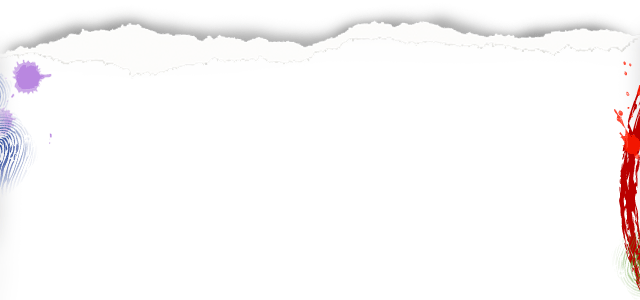FAQ
Frequently Asked Questions
Q. Do I have to be good at art to do creative arts therapy?
A. No. In a practical sense, being 'good' at art may be helpful when expressing oneself. However, having pre-developed creative skills can also be a hindrance when seeking to overcome aesthetic expectations. The creative process is central to the experience of creative expression. Clients are encouraged to enjoy the creative process, to explore and see what emerges for themselves.
Q. Do creative arts therapists interpret art for assessment or diagnosis?
A. No. Meanings held within self-expression may be explored but are subject to personal experience. Part of a creative arts therapist's skill is to aid clients to interpret their own work (if they wish). Clients may express themselves factually or fantastically, using paint, clay, mask making or voice work, the options are endless. Sessions are guided by the client.
Q. What are the benefits of creative arts therapy?
A. The benefits of creative arts therapy are various and differ from traditional therapy practice. The focus upon people's inherent ability to create makes creative arts therapy accessible to everyone. The needs of clients differ in many ways and are explored within a professional therapeutic relationship. The arts facilitates ways of imagining, exploring, discovering, knowing, giving perspective and meaning to life. Benefits include:
- Improving awareness of individual problems
- Development of healthy pro-social behaviour and ability to relate to others
- Expression of feelings too difficult to talk about
- Increased self-esteem, confidence and self-acceptance
- Improvement of coordination and functional ability
- Making verbal expression and communication more accessible
- A more spontaneous and creative outlook
- Increased body and self-awareness
- Greater ability to process and contain emotions
Q. How long are creative arts therapy sessions?
A. The length of the treatment will be discussed and made by mutual agreement. The length of a session is 1 hour (clients with special needs can be between 30-45 minutes depending on the need).
Q. How much does creative arts therapy cost?
A. Rates are available hourly, or by the half or full day, for one-to-one or group sessions, for more information please contact us.Q. Where is Thumbprint located?
A. Franklin in the Huon Valley, Tasmania.
Q. Is creative arts therapy confidential?
A. Yes, any information shared is strictly confidential.
© Thumbprint |

